Microsoft Details Reduced Power Consumption In Windows 8
2 min. read
Published on
Read our disclosure page to find out how can you help MSPoweruser sustain the editorial team Read more

As part of Building Windows 8 blog series, Microsoft detailed the power consumption in Windows 8. Power consumption has become an important part of Operating systems as the hardware running is becoming more and more mobile. Its also important to reduce carbon footprint by consuming power in efficient manner. Microsoft had the following goals in mind when designing Windows 8,
- Let the hardware shine. We built Windows 8 such that the power efficiency of the hardware platform shines through, regardless of whether the system is a SoC-based Windows tablet or an SLI-equipped gaming PC. We designed our power management interfaces in a consistent, standardized way across all platforms. This allows our hardware partners and application developers to focus on their unique innovations and experiences instead of the differences in platform hardware and power management.
- Continue to deliver great battery life. Windows 7 delivered a significant reduction in power consumption and increase in energy efficiency, particularly mobile PC battery life. (In fact, you can read how we thought about it in this e7 blog post.) In Windows 8, we want to maintain that same level of efficiency on existing PCs even as we re-imagine the rest of Windows.
- Enable the smartphone power model. One of the coolest things about the System-on-Chip (SoC) platforms you’ve seen us talk about at CES and //BUILD/ is their capability to quickly enter very low-power idle states. We want to leverage that ultra-low idle power to bring the constant connectivity and instant-on features of the smartphone power model to capable Windows 8 PCs

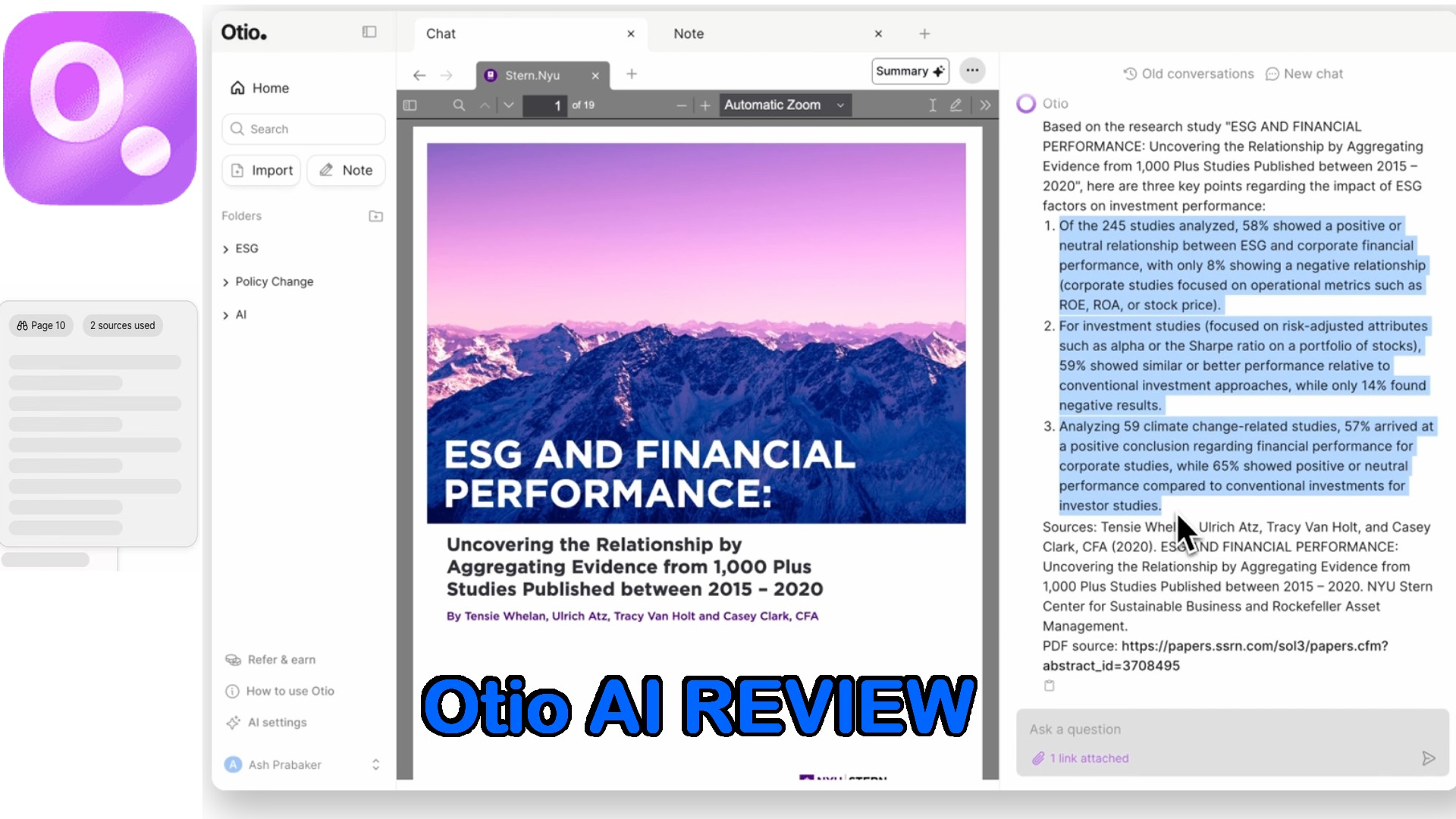
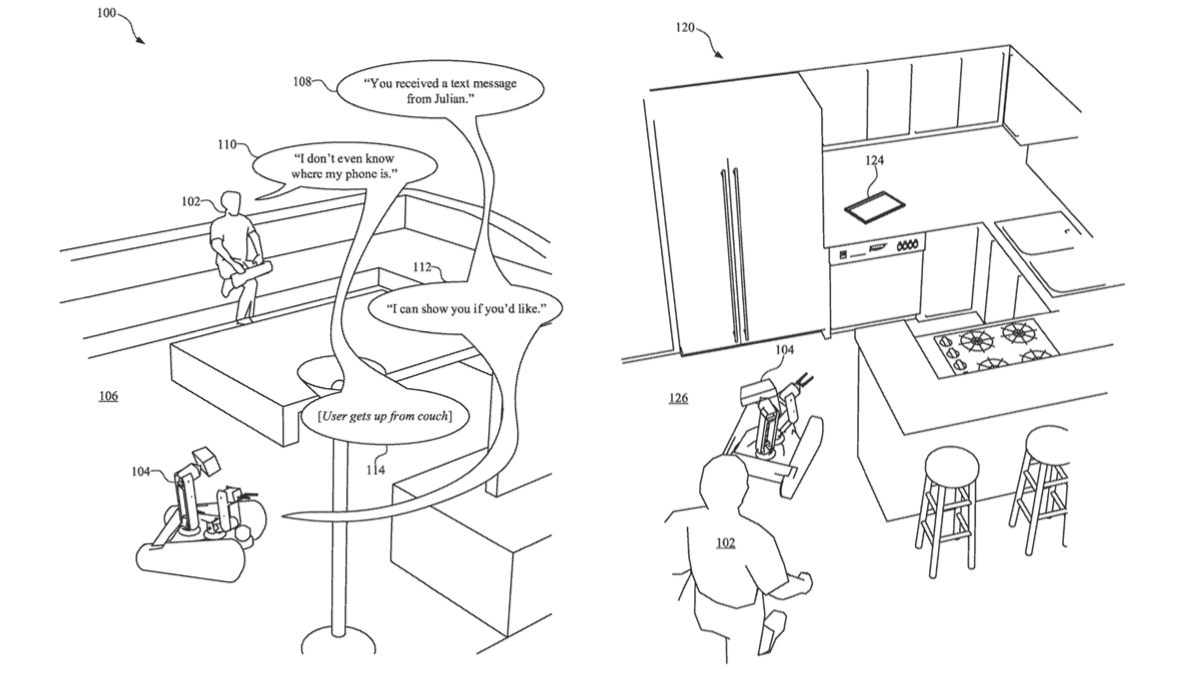
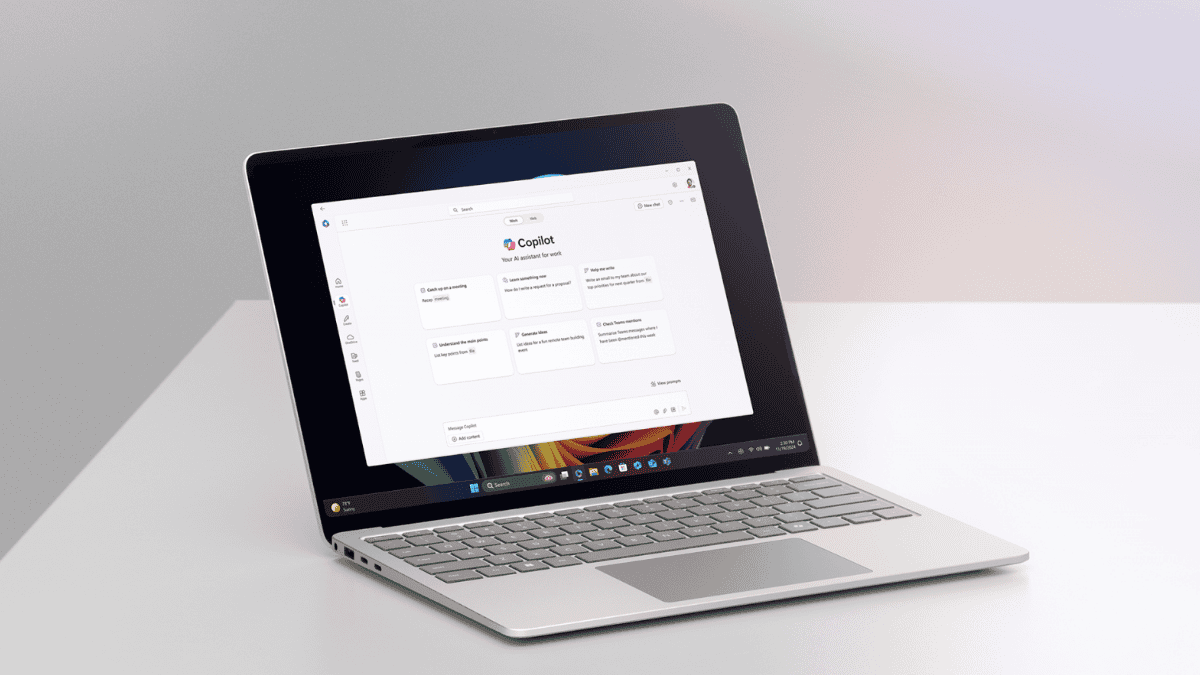
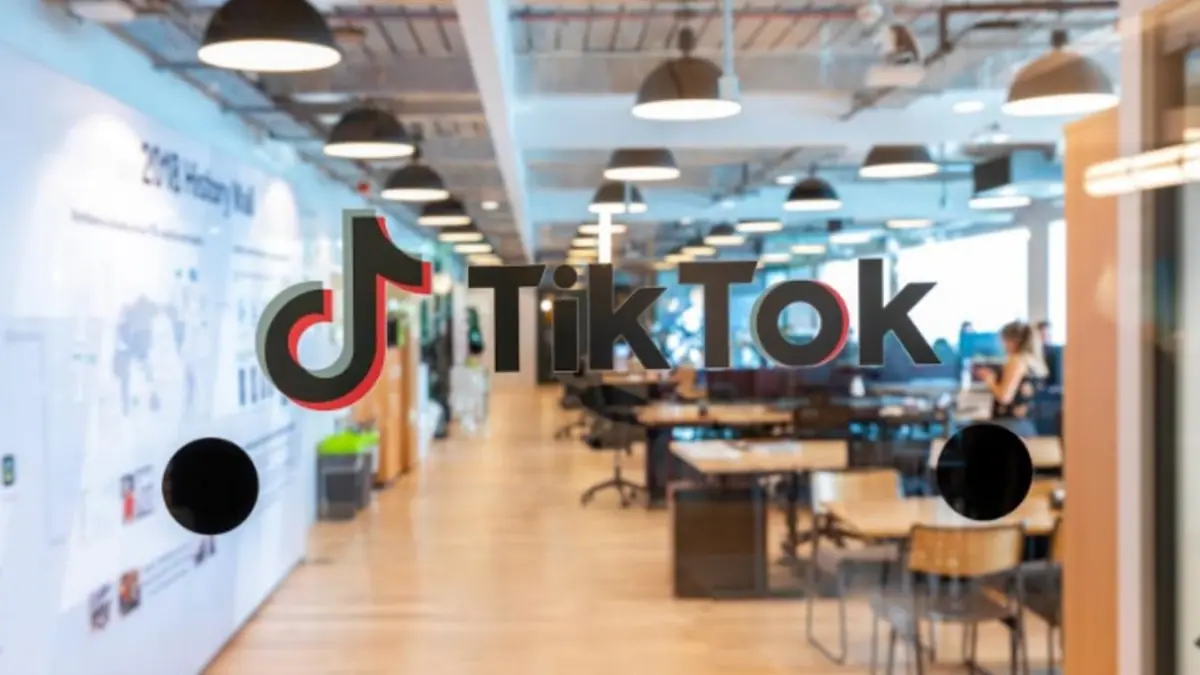
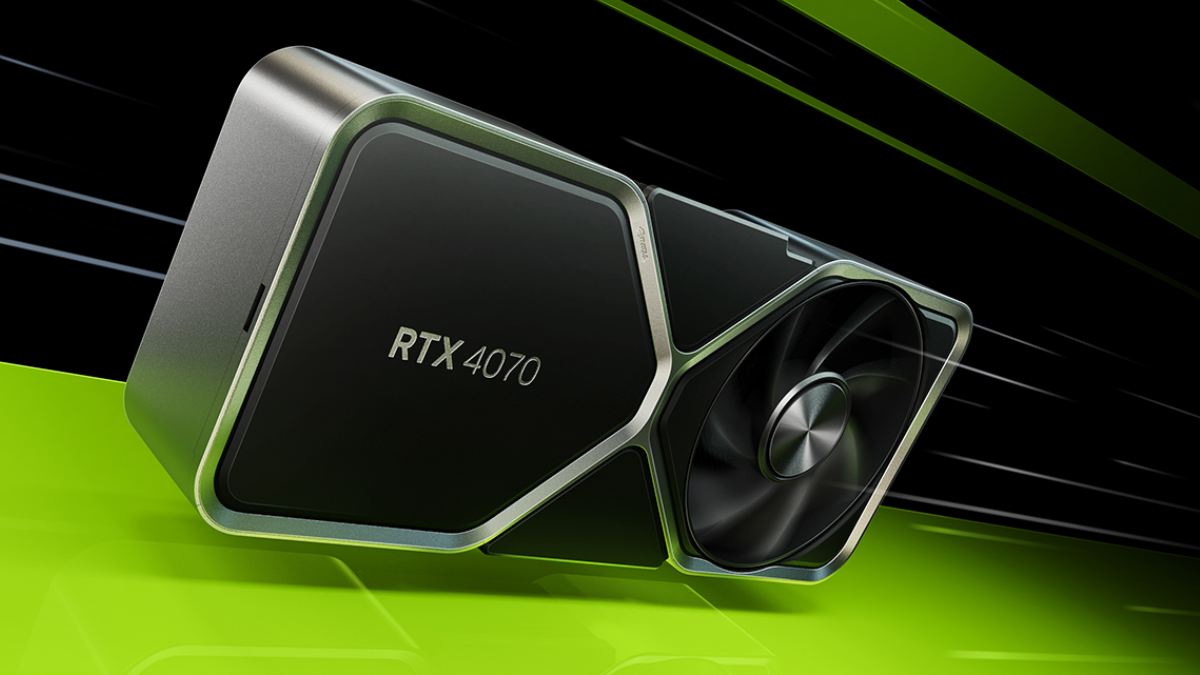
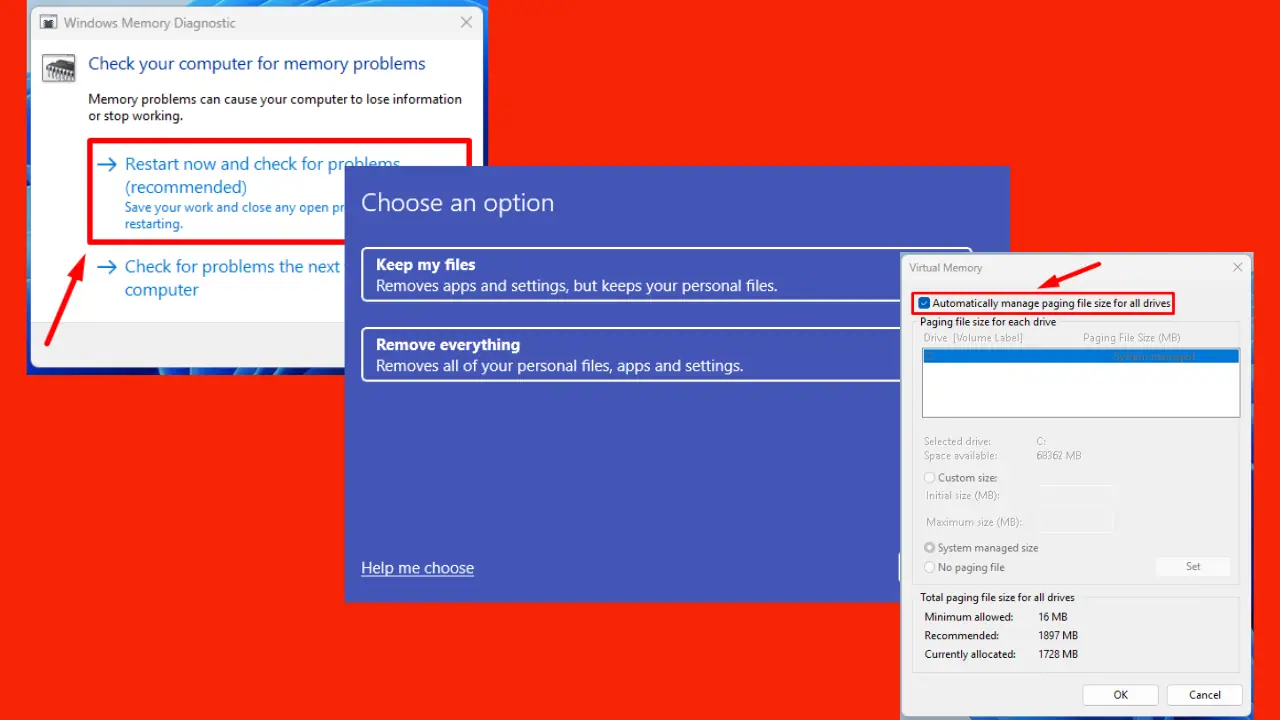

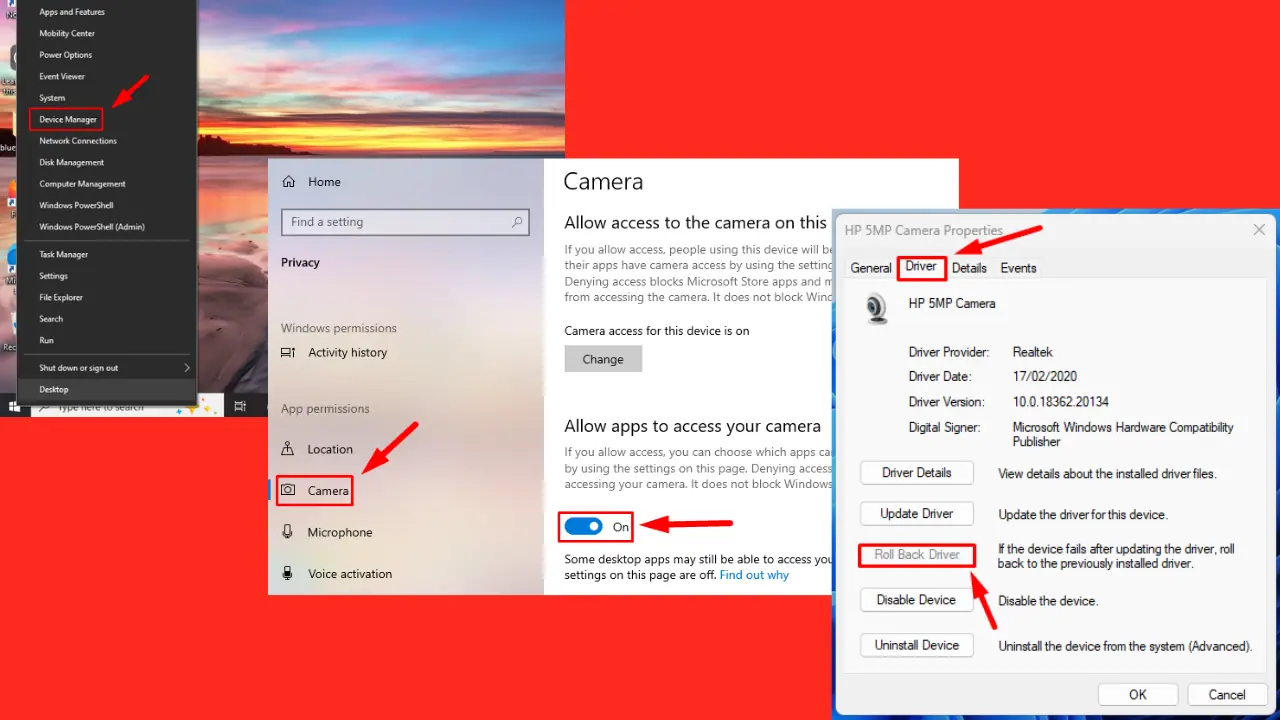
User forum
0 messages